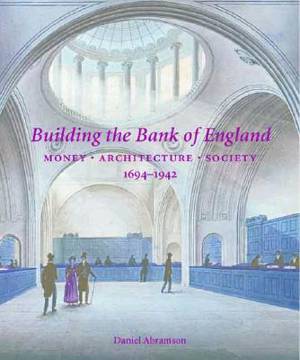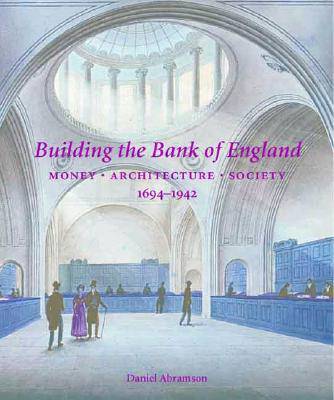
- Afhalen na 1 uur in een winkel met voorraad
- Gratis thuislevering in België vanaf € 30
- Ruim aanbod met 7 miljoen producten
- Afhalen na 1 uur in een winkel met voorraad
- Gratis thuislevering in België vanaf € 30
- Ruim aanbod met 7 miljoen producten
Omschrijving
The Bank of England symbolizes the economic strength, influence, and potency of Britain. Founded in 1694, its world-famous buildings were built and rebuilt four times by different architects, most notably Sir John Soane. The Bank's three-and-aquarter-acre complex has included elegant public banking halls and private offices, courtyards and gardens, warehouses and vaults, residential apartments and guards' barracks. This lavishly illustrated book examines for the first time the entire architectural history of the Bank from the seventeenth through the twentieth centuries.
Drawing on a variety of perspectives, the book relates the history of the Bank of England to current debates on English economic, social, and urban history, including issues of national identity, mercantile politics, and the commercialization of culture. The book also shows how the building itself has expressed various historical tensions among the Bank's inhabitants and publics: its directors and detractors, its clerks and clientele, its tourists, and even its mob attackers.
Specificaties
Betrokkenen
- Auteur(s):
- Uitgeverij:
Inhoud
- Aantal bladzijden:
- 320
- Taal:
- Engels
- Reeks:
Eigenschappen
- Productcode (EAN):
- 9780300109245
- Verschijningsdatum:
- 1/11/2005
- Uitvoering:
- Hardcover
- Formaat:
- Genaaid
- Afmetingen:
- 254 mm x 305 mm
- Gewicht:
- 1973 g

Alleen bij Standaard Boekhandel
Beoordelingen
We publiceren alleen reviews die voldoen aan de voorwaarden voor reviews. Bekijk onze voorwaarden voor reviews.











